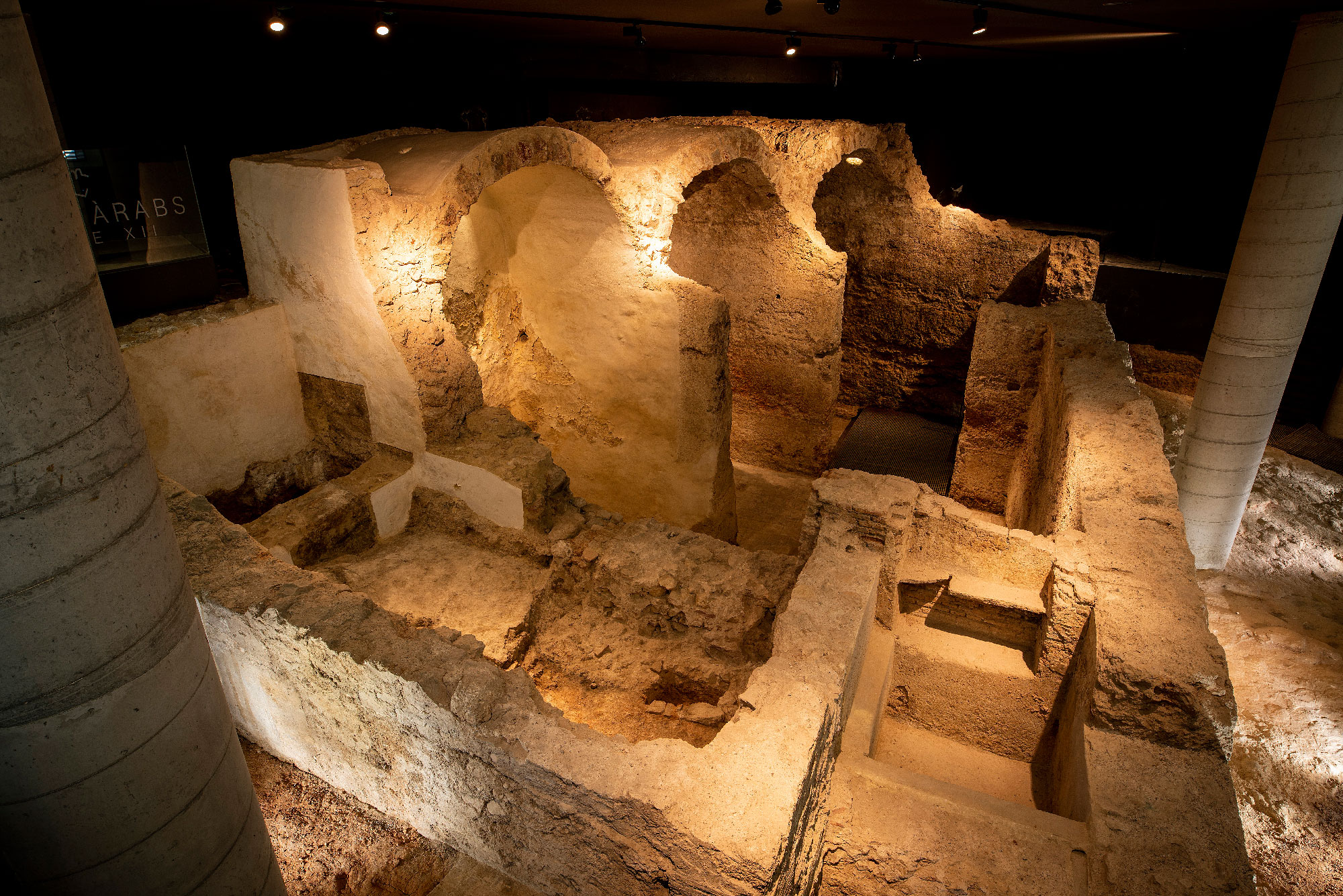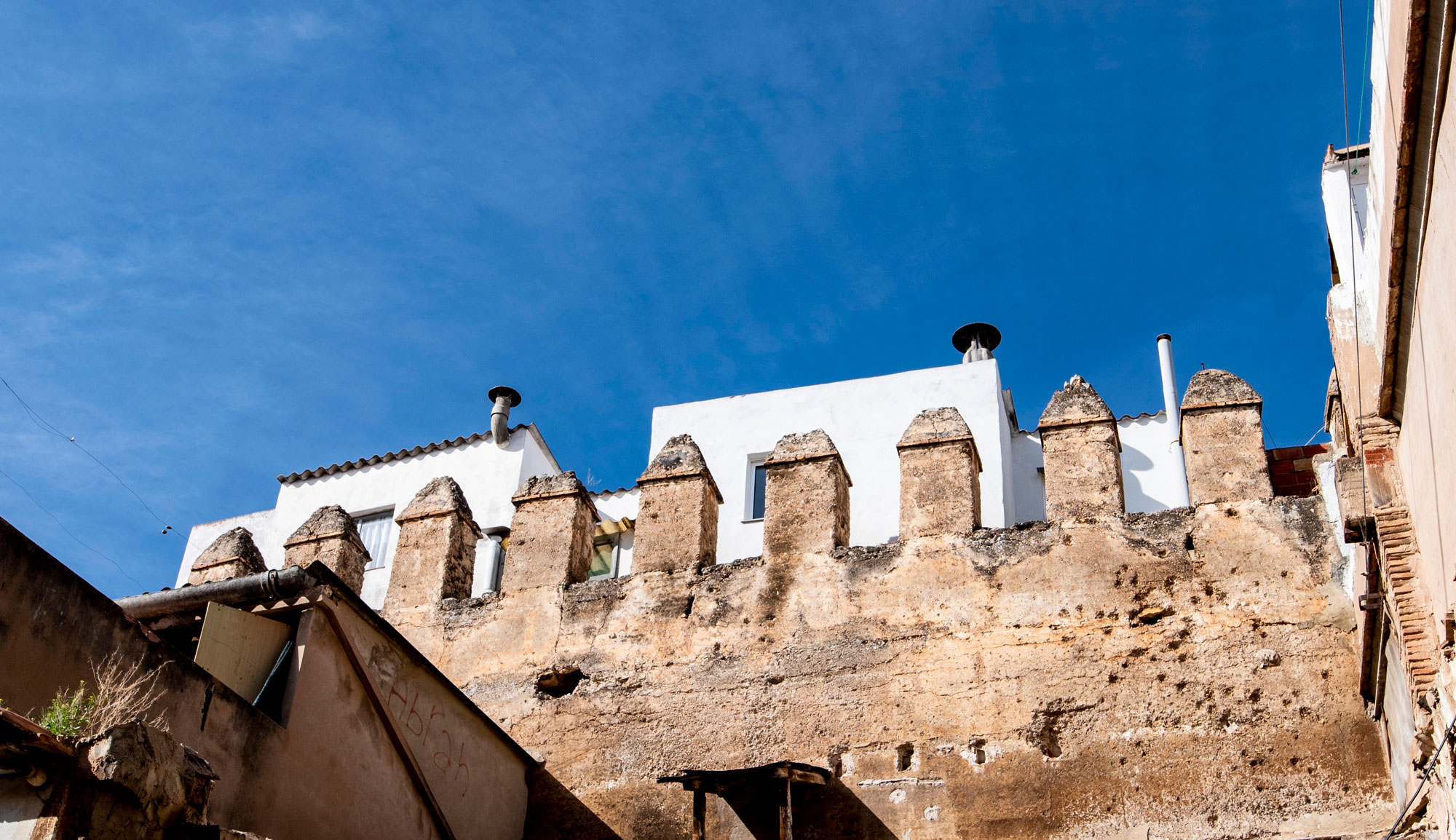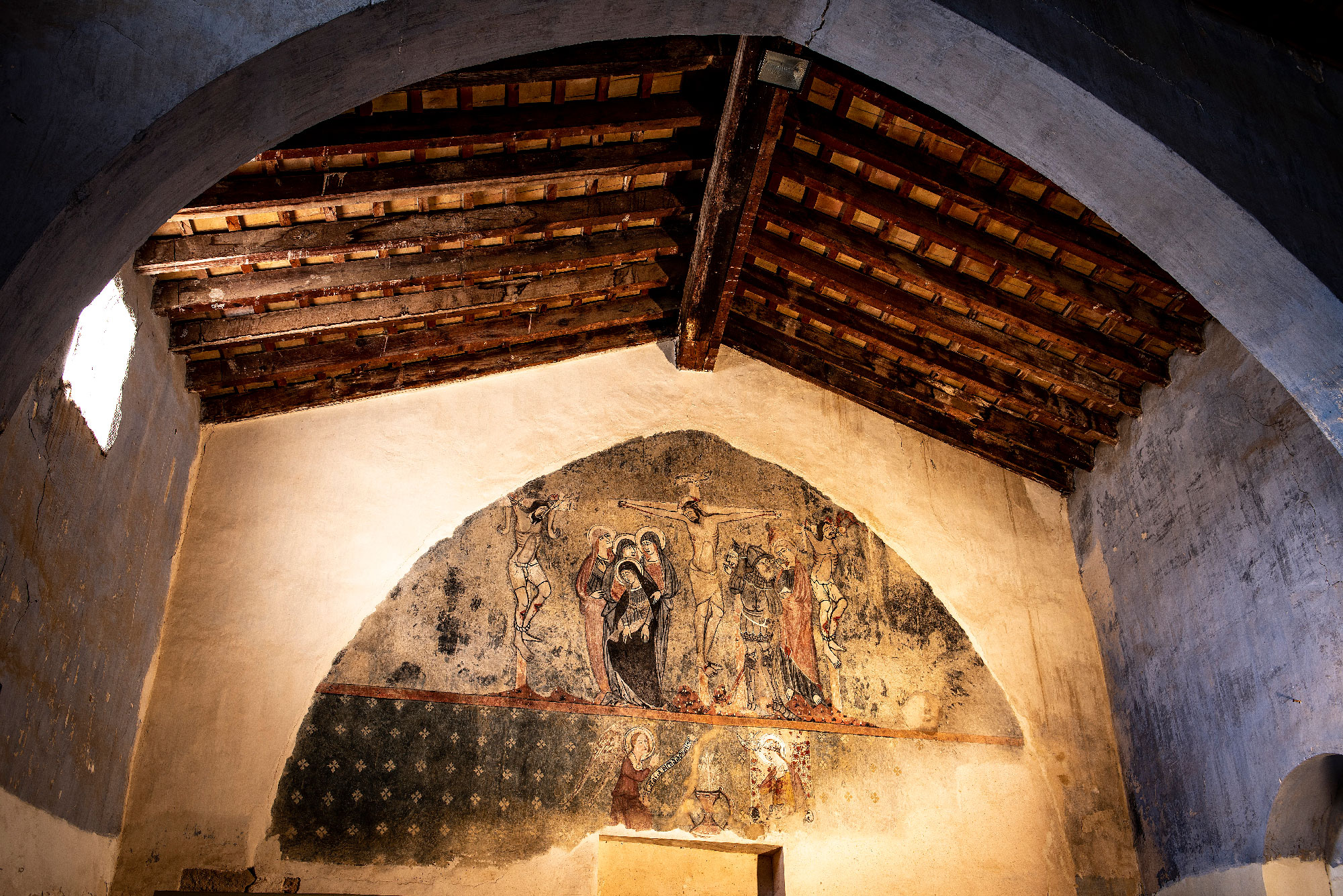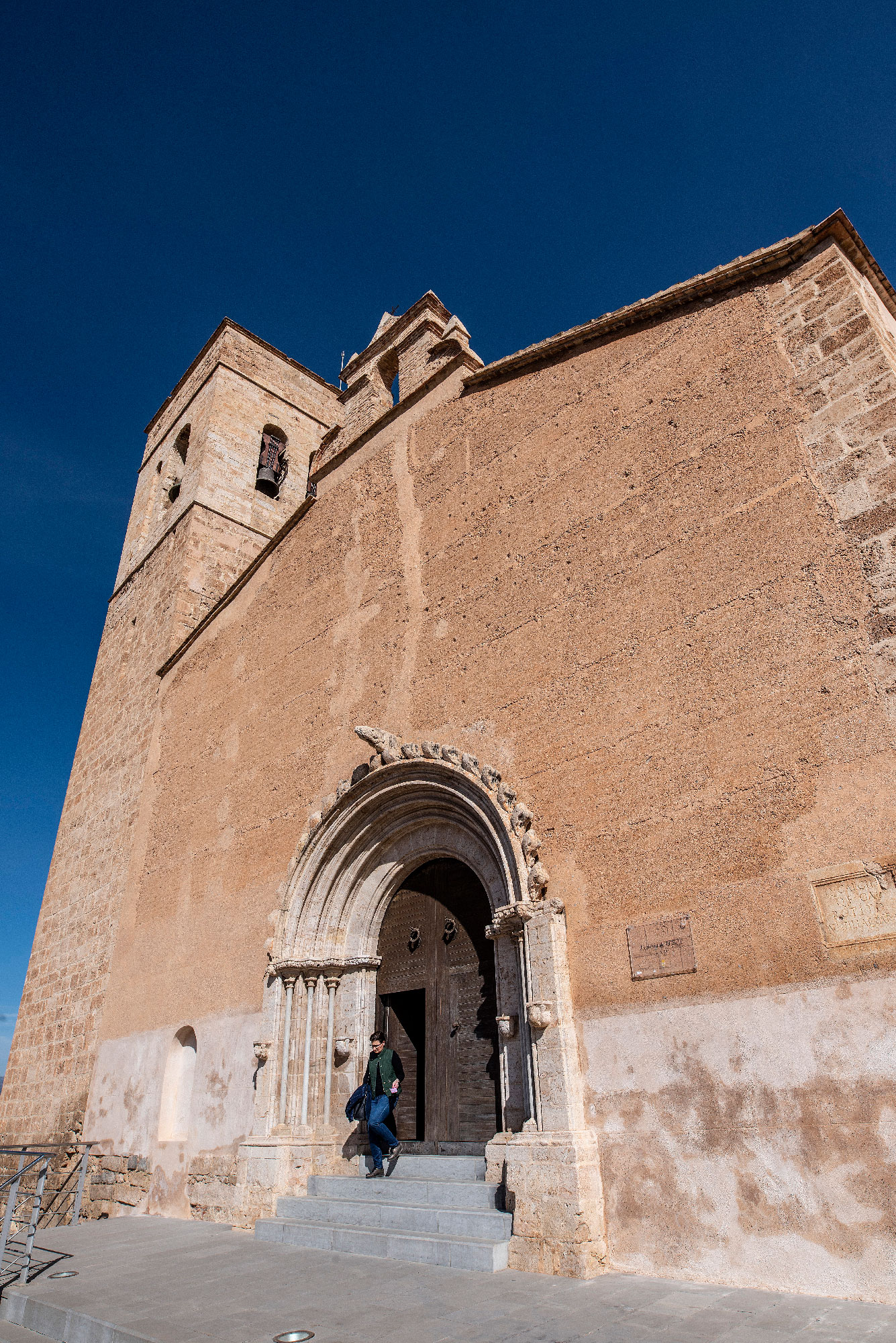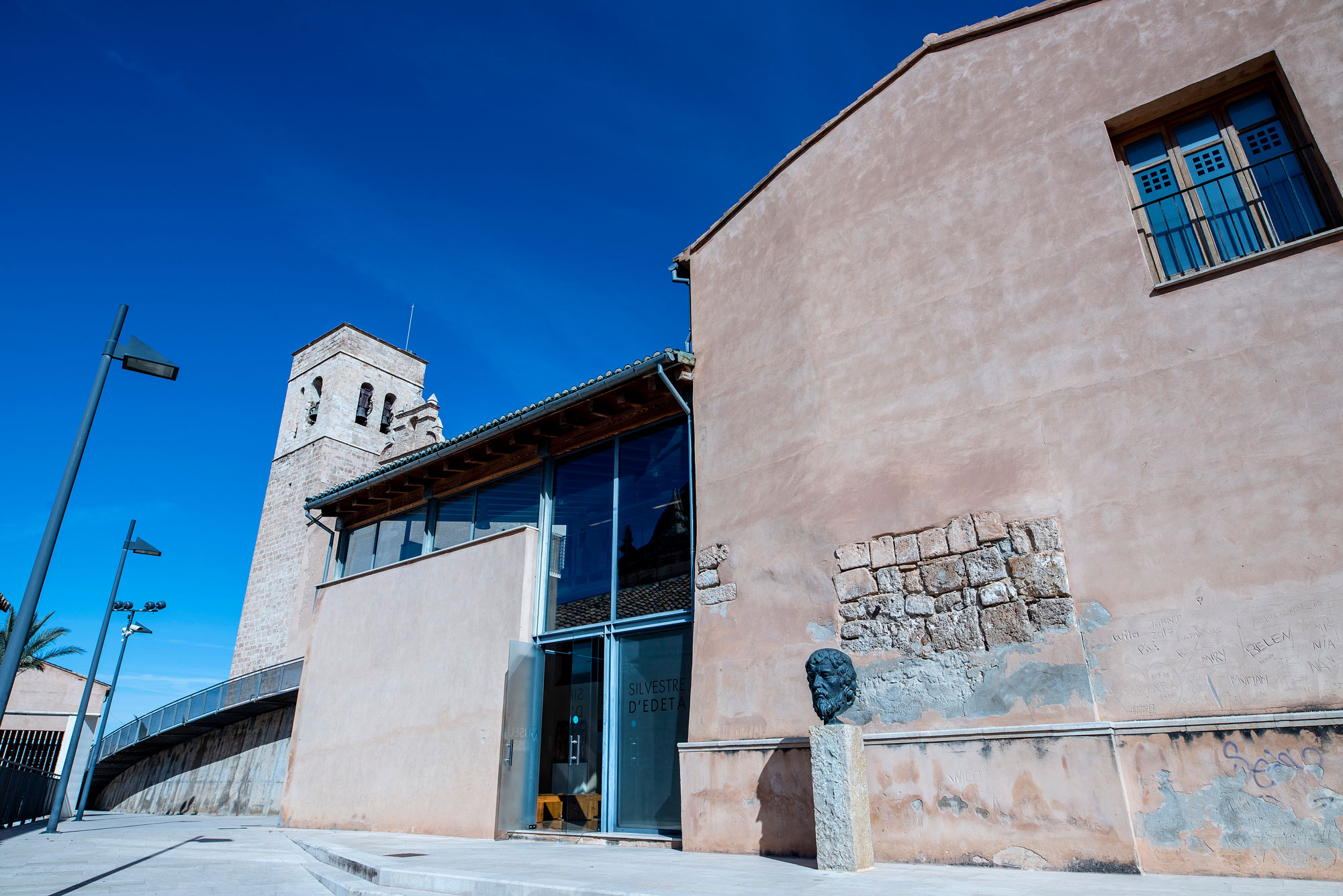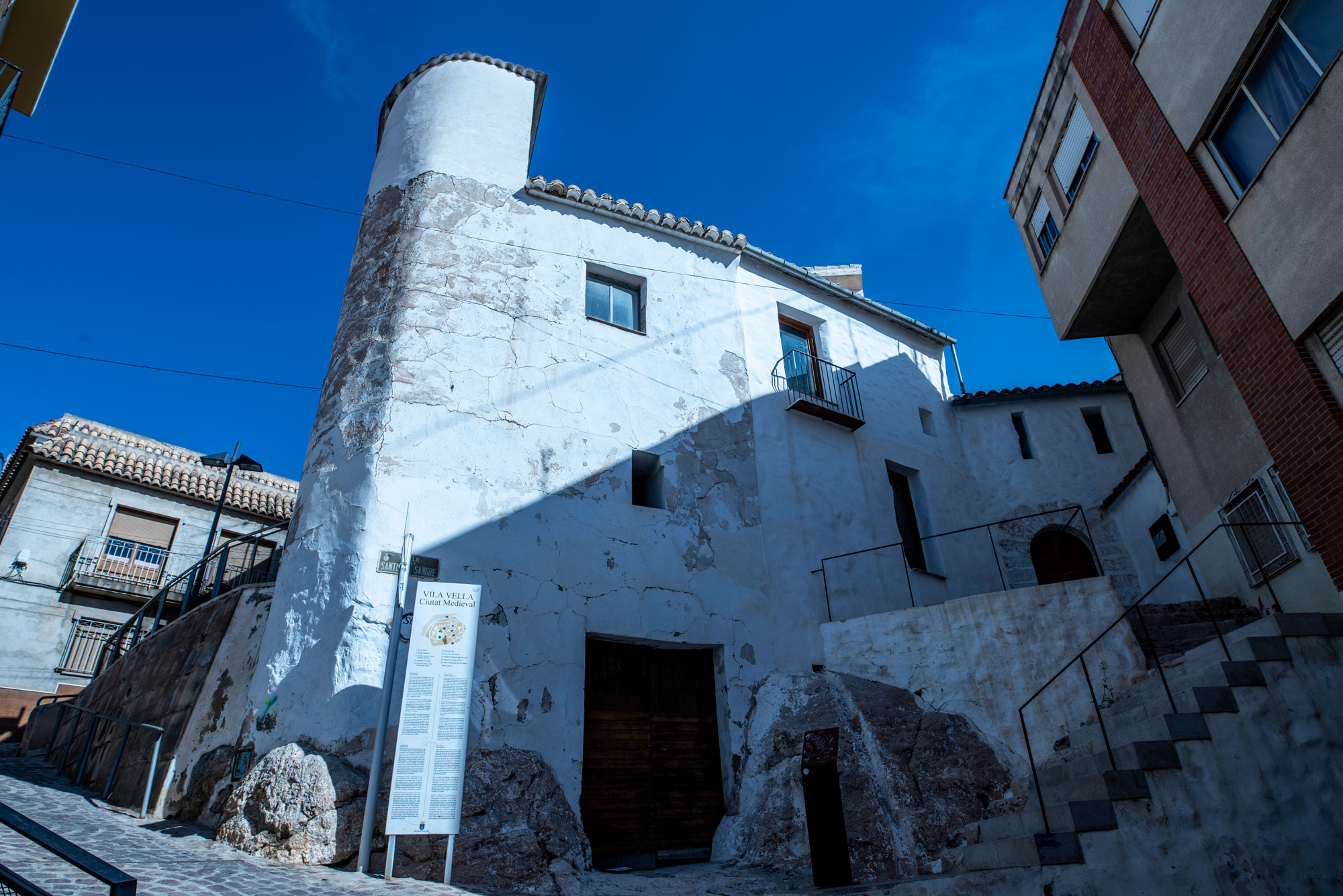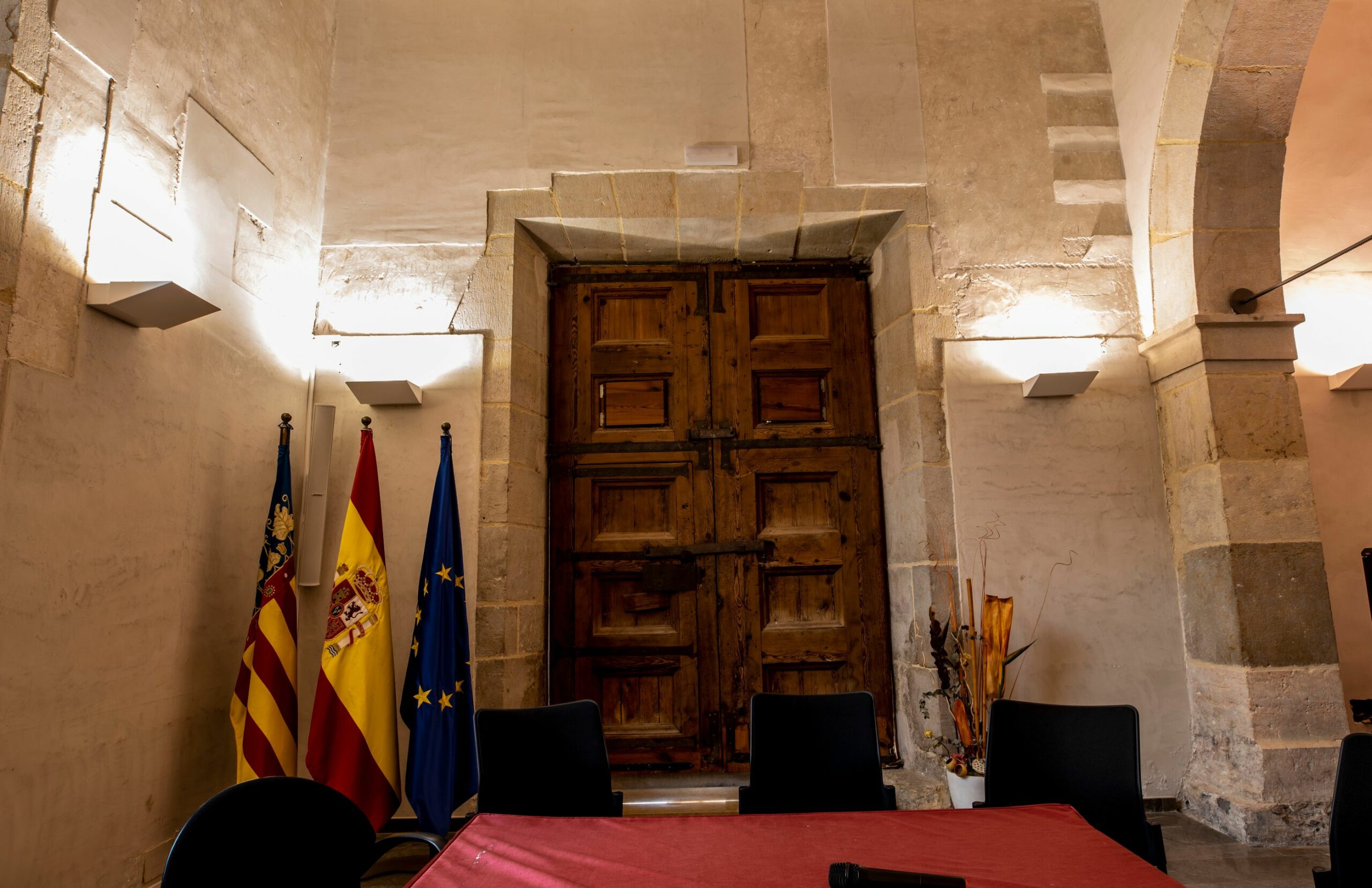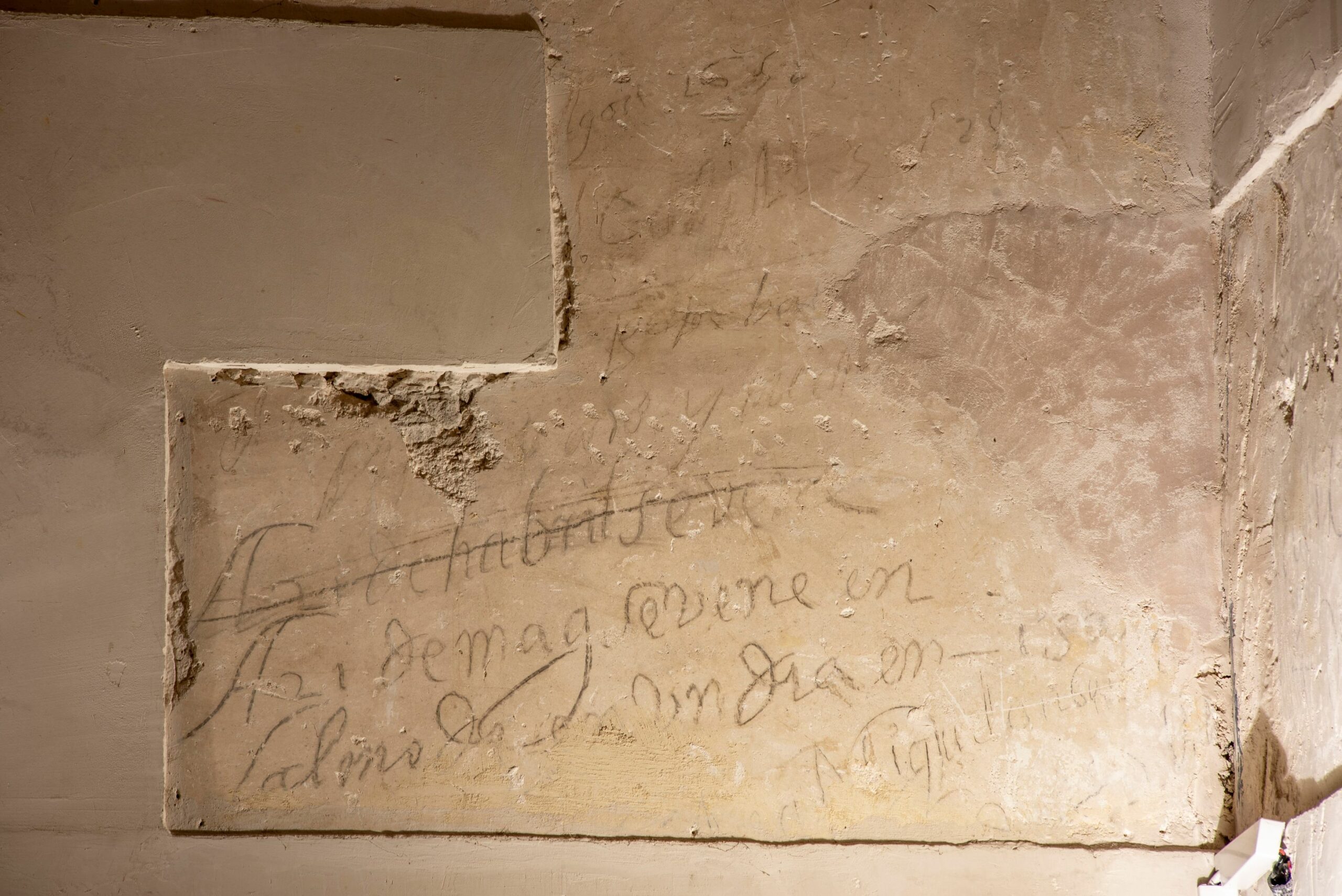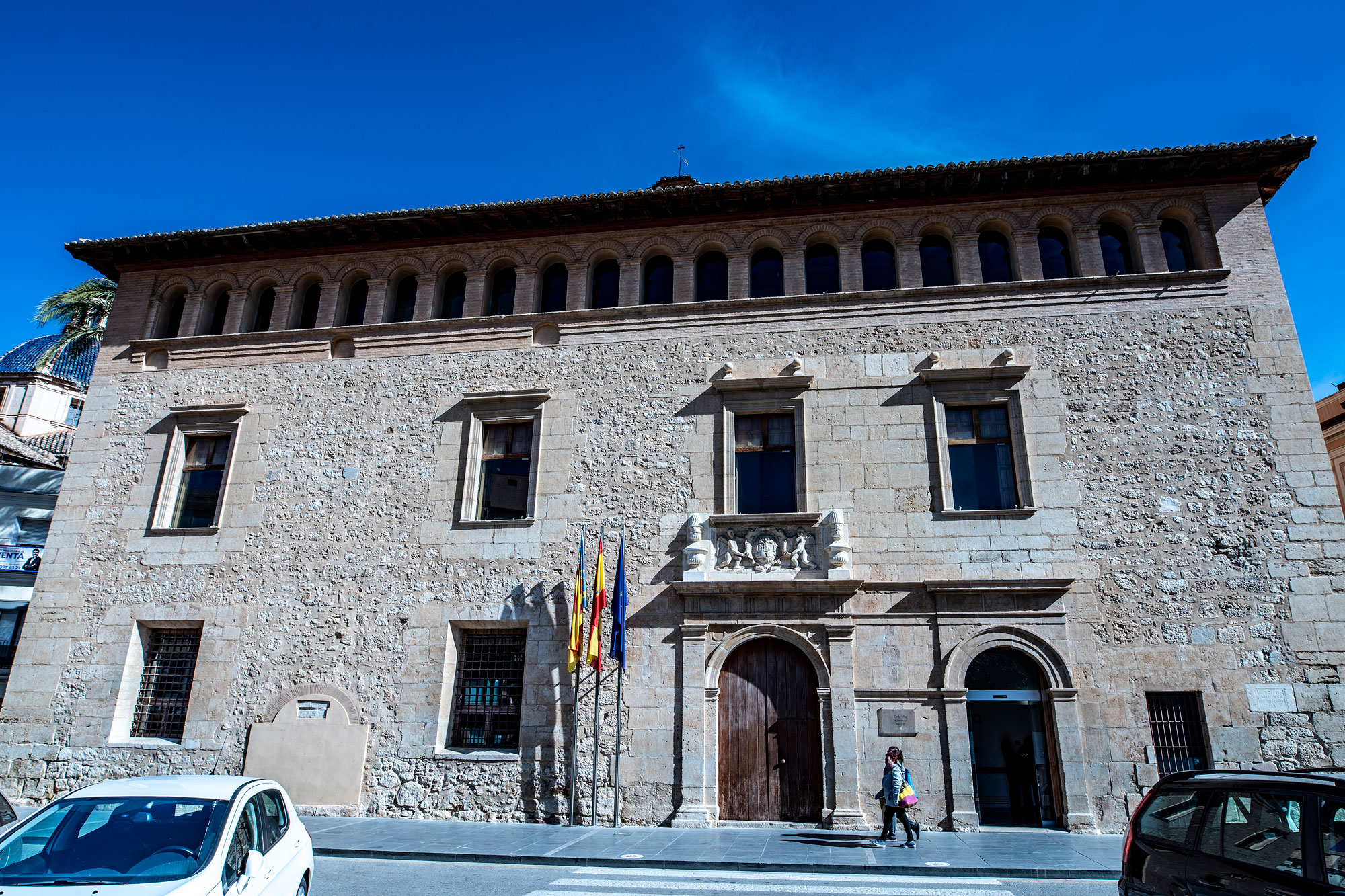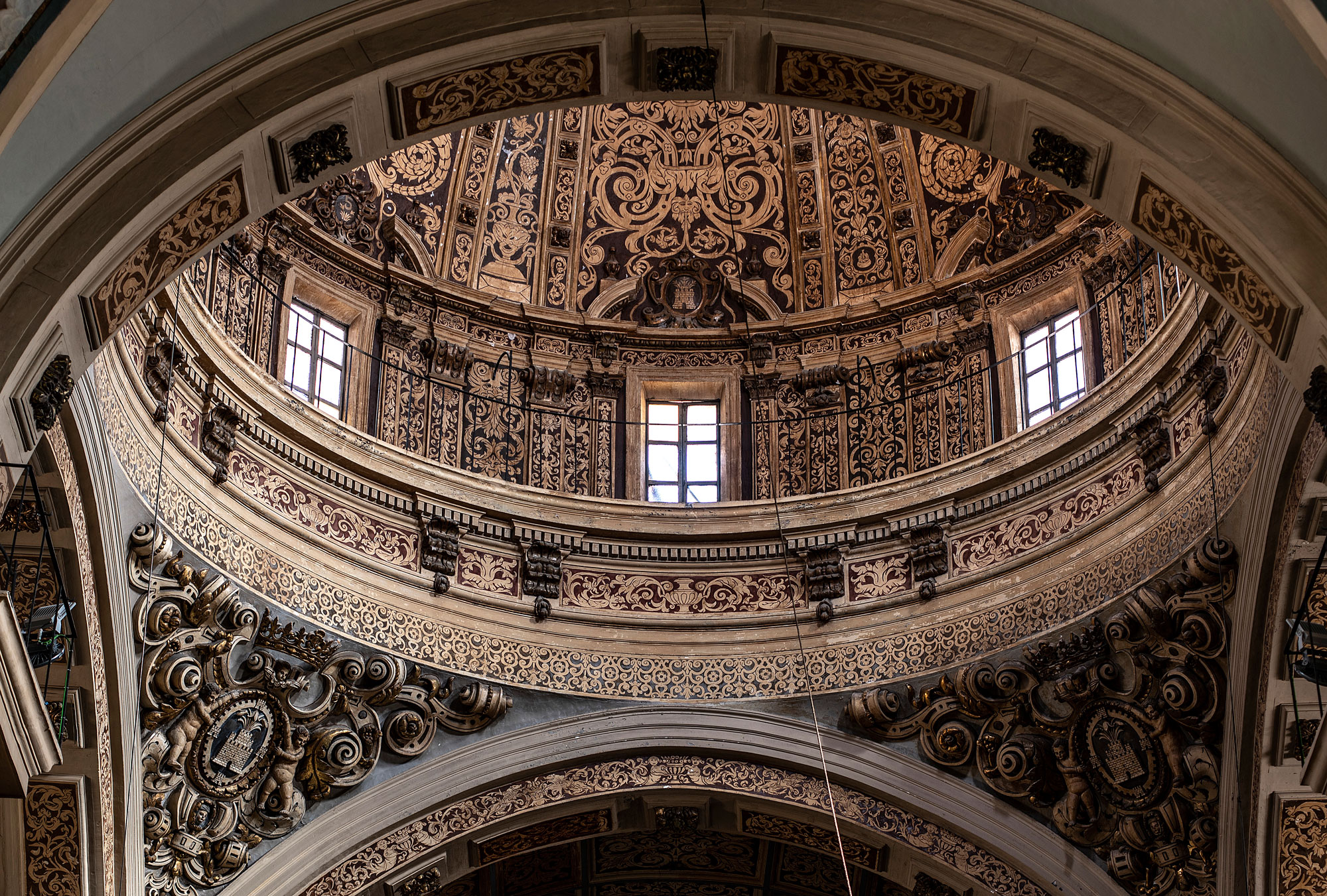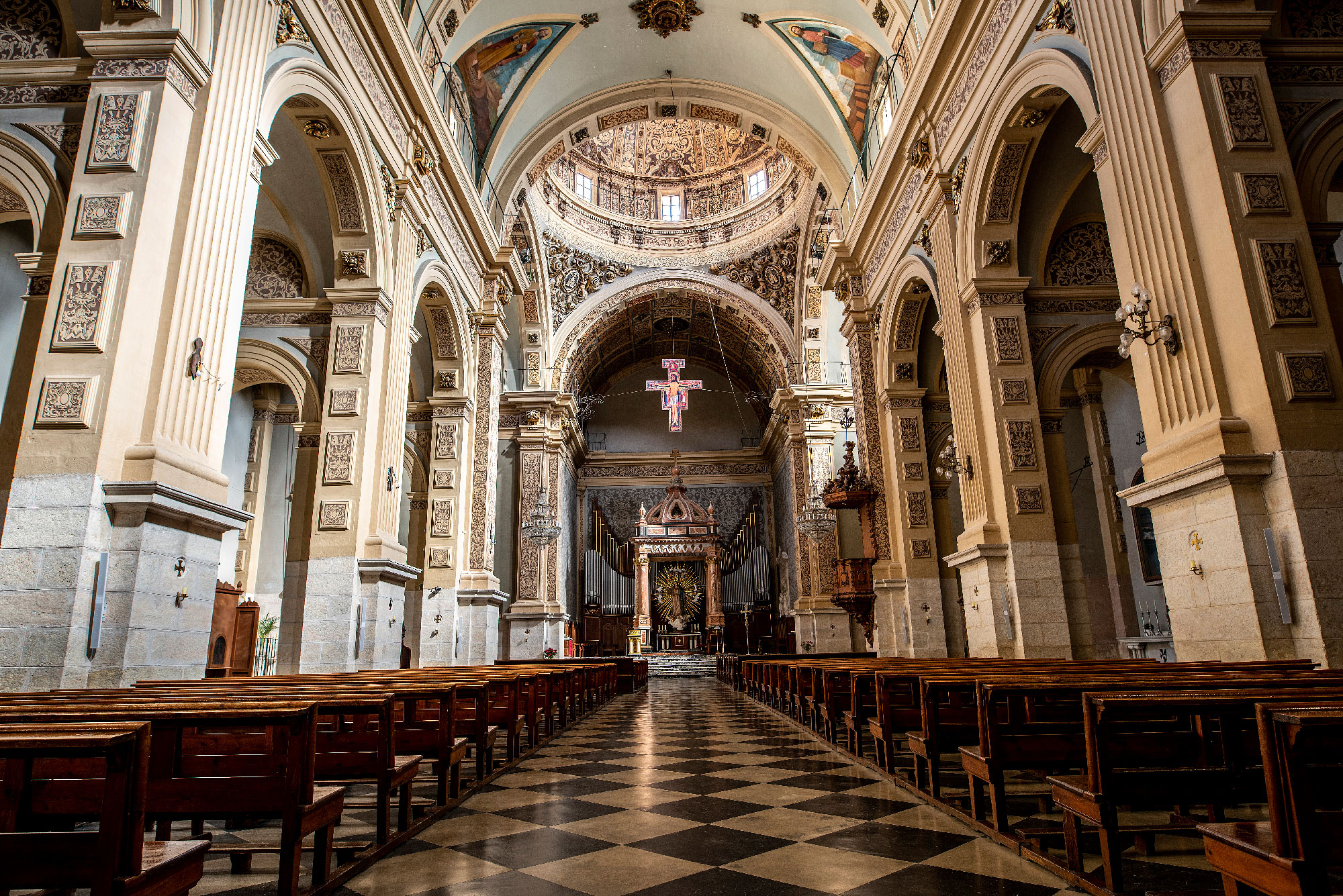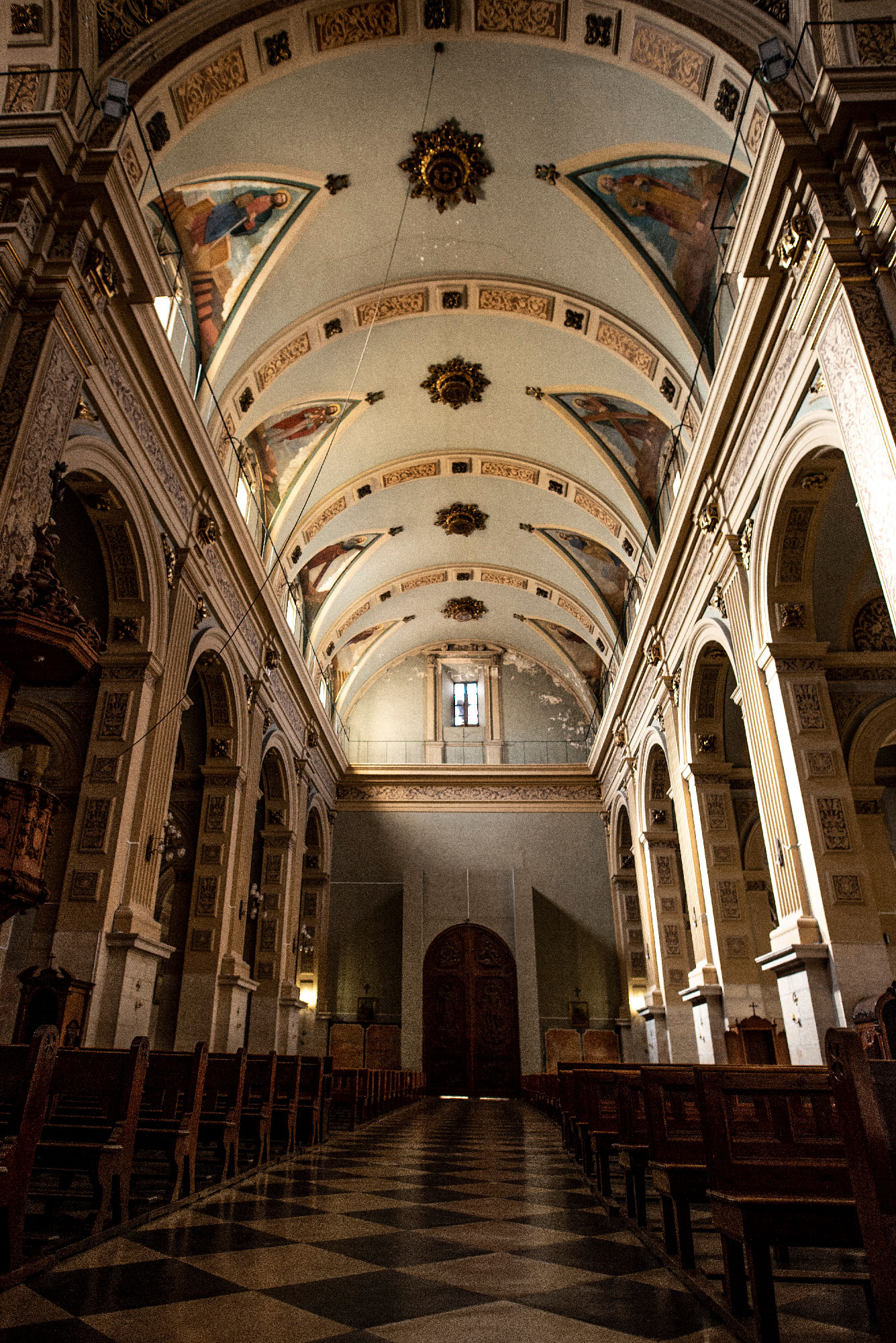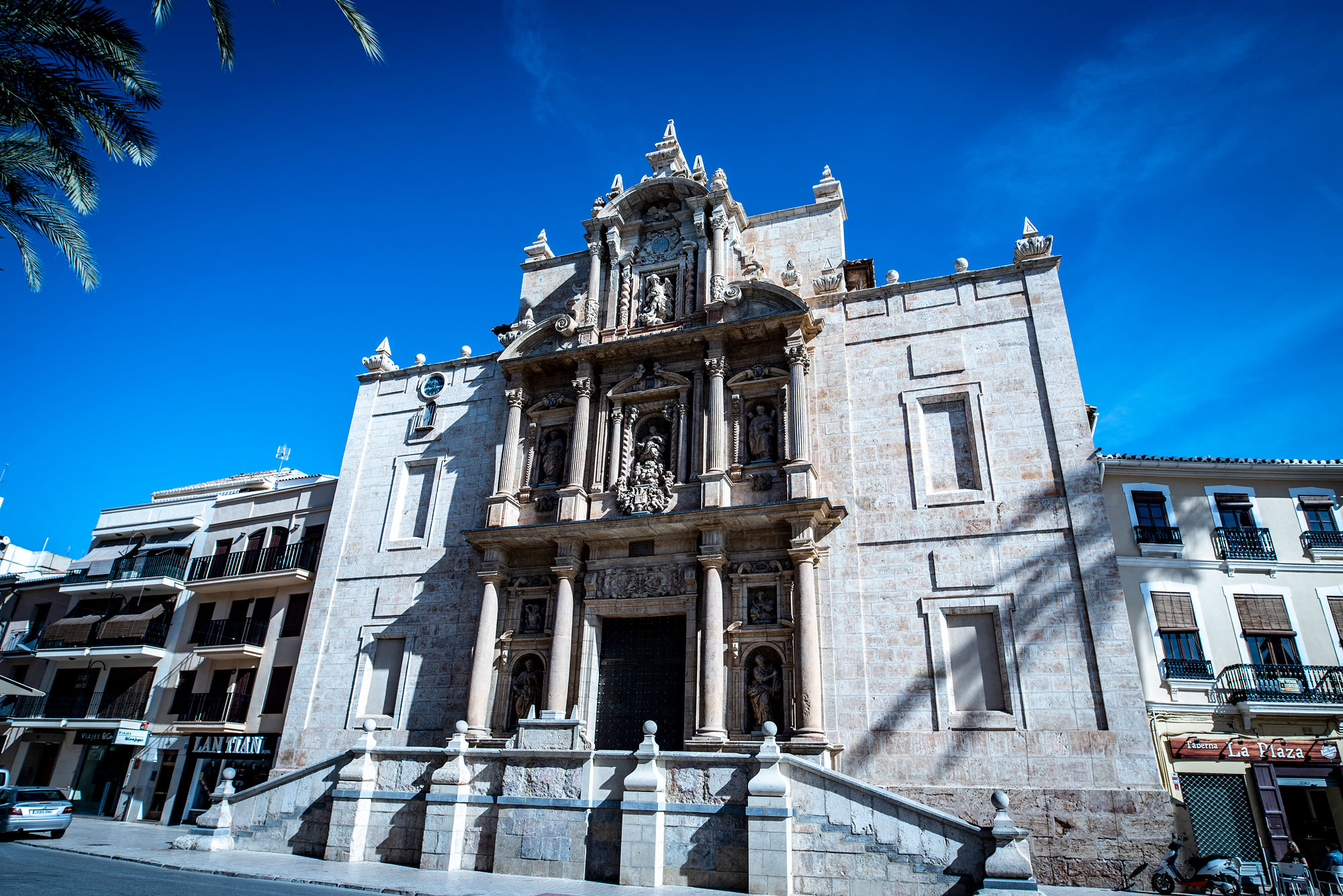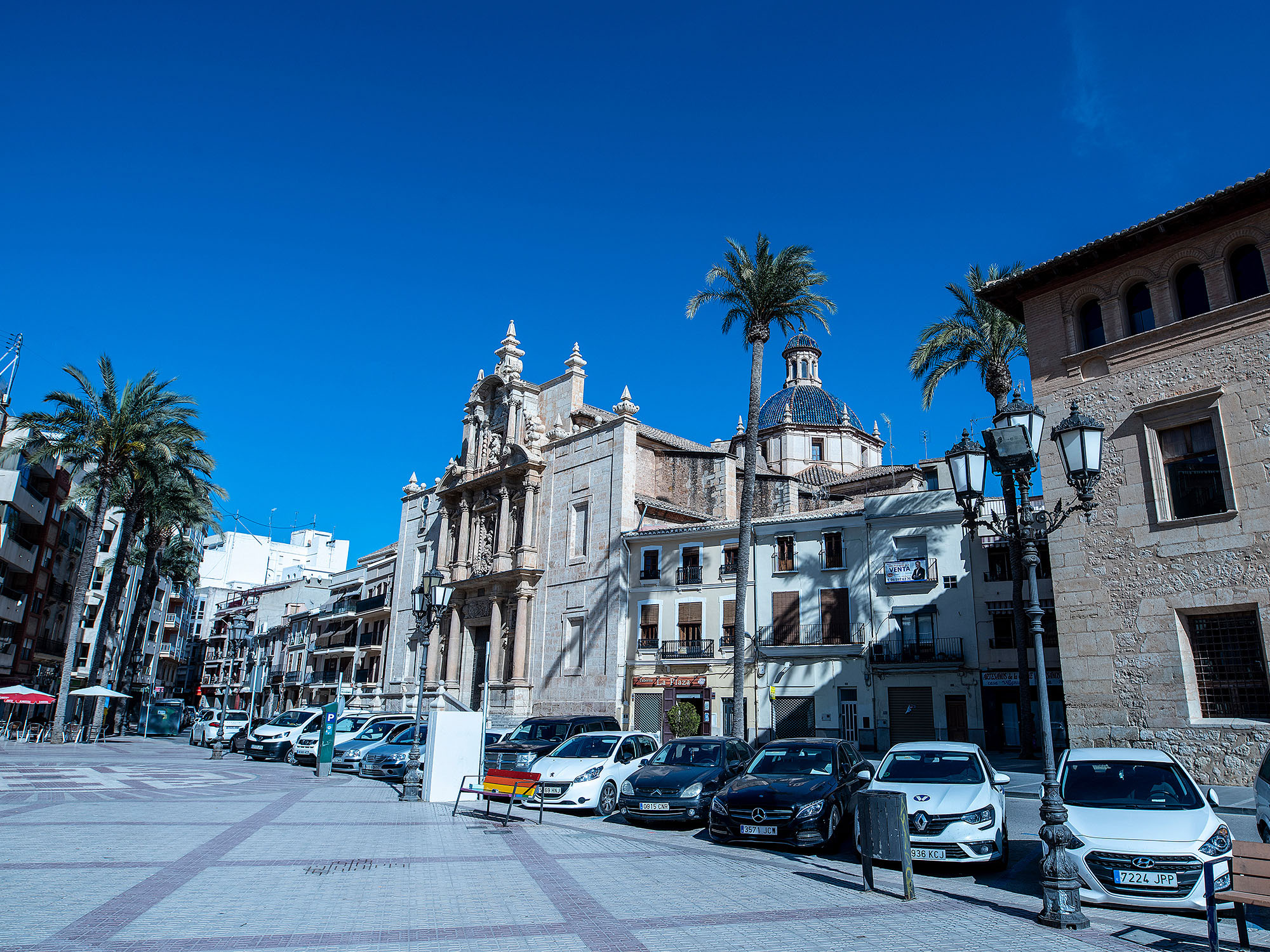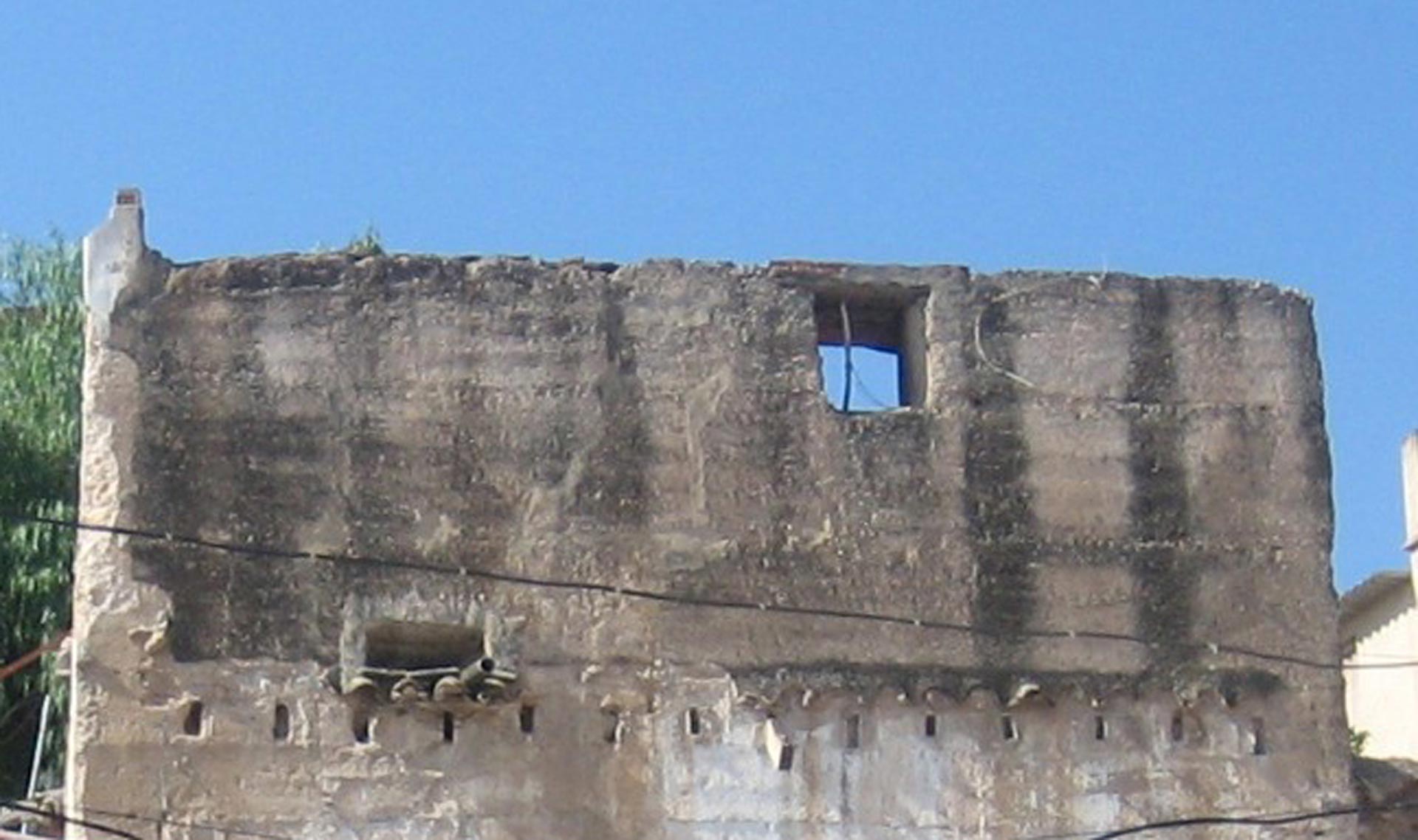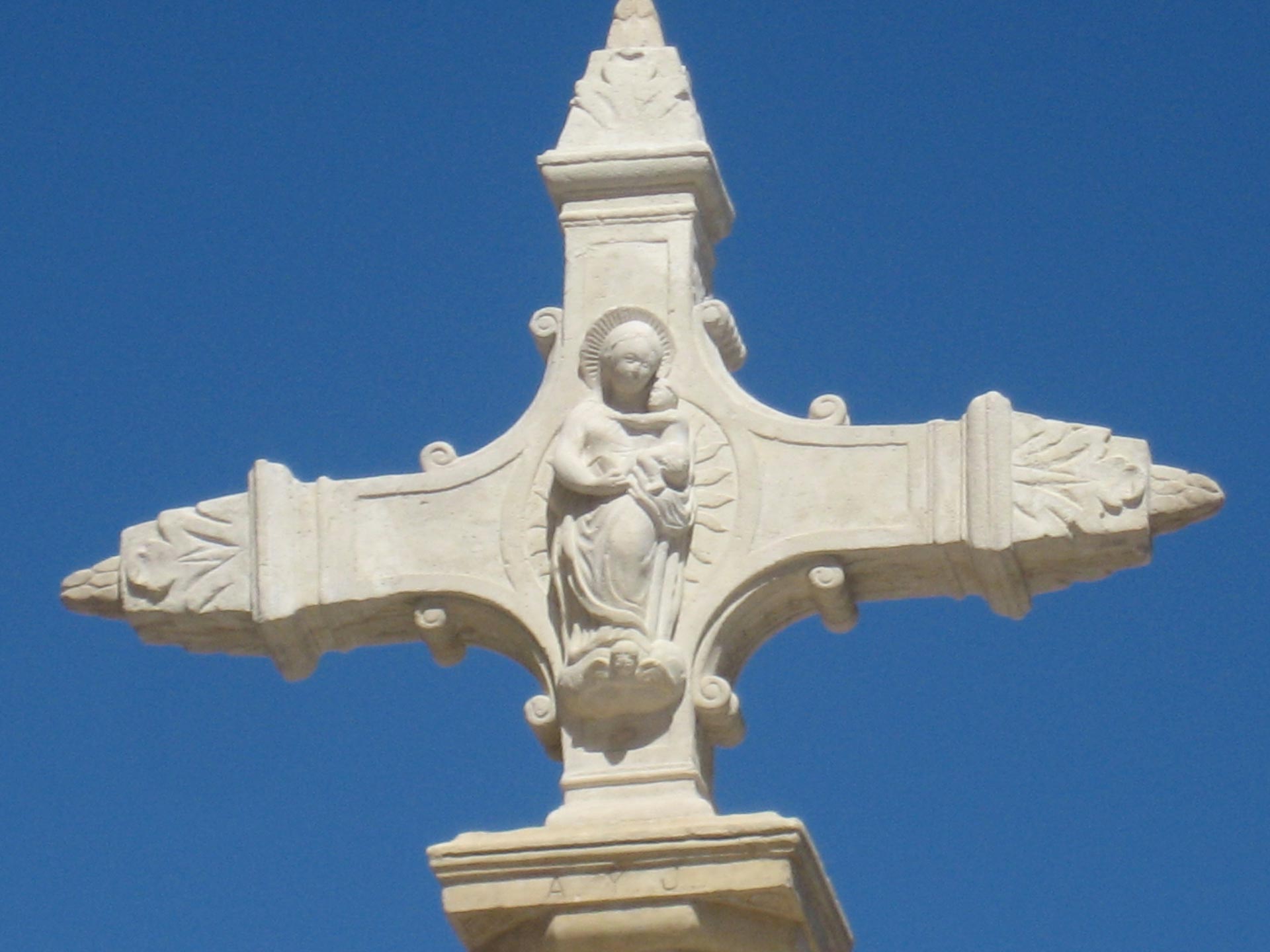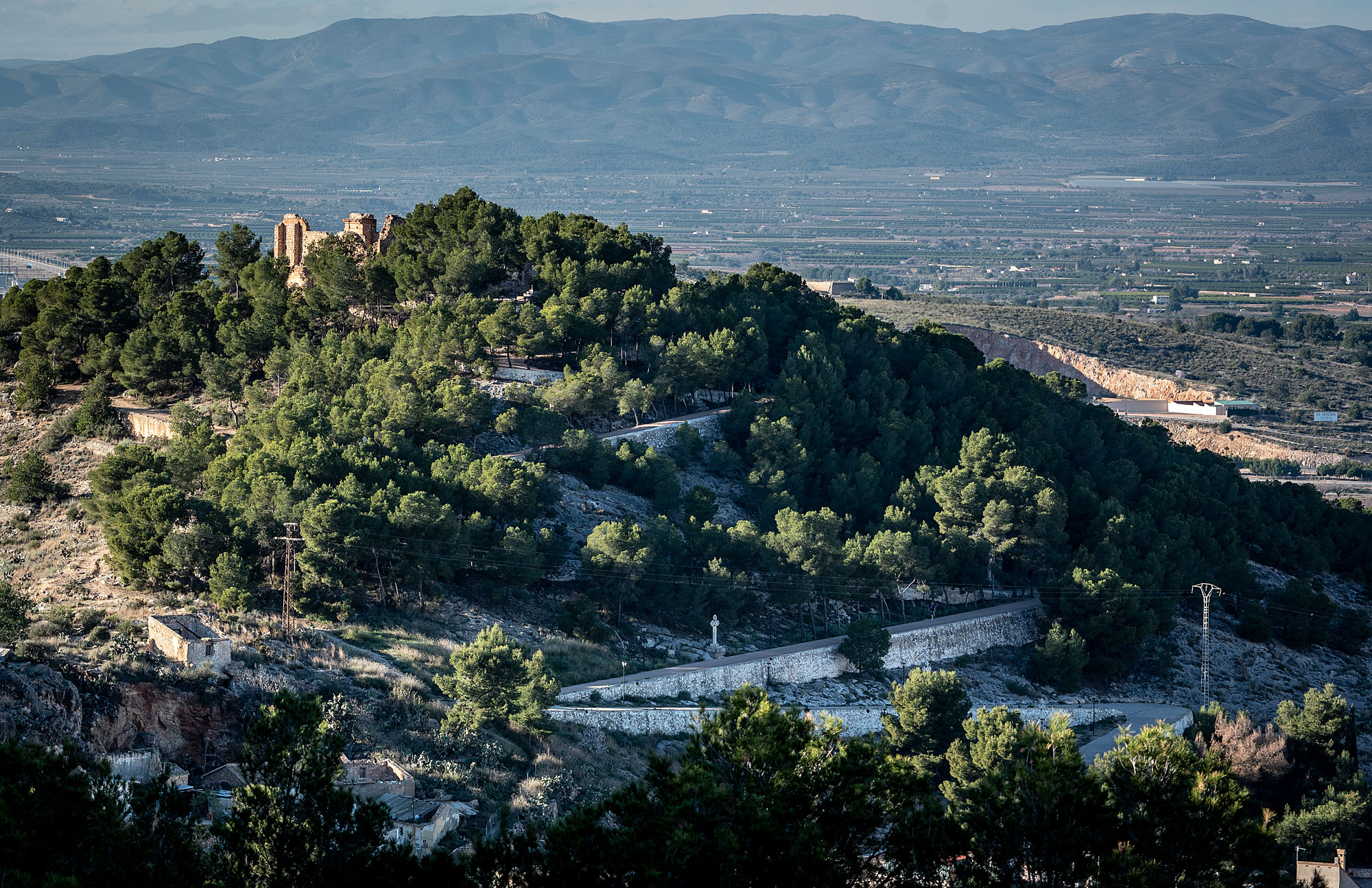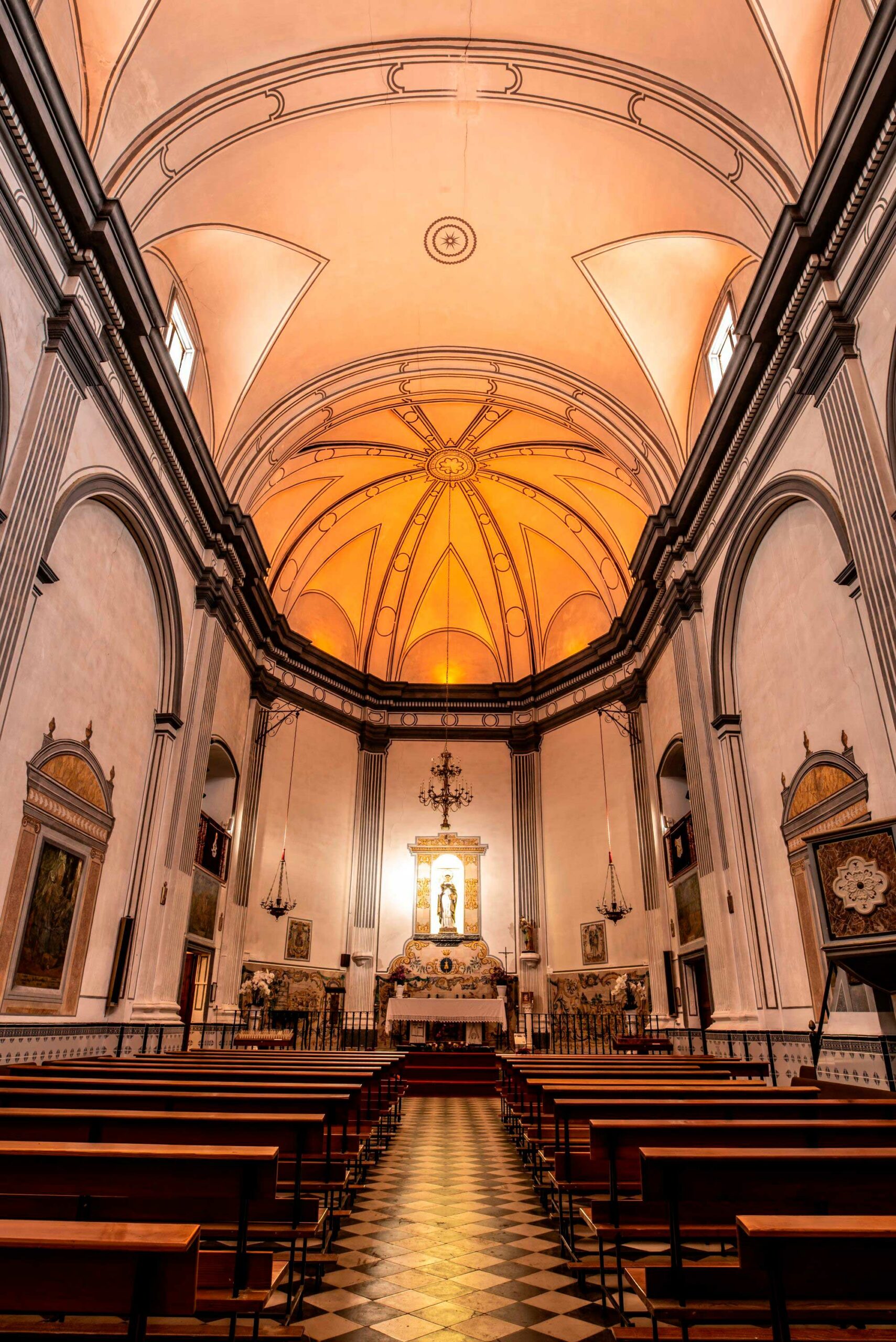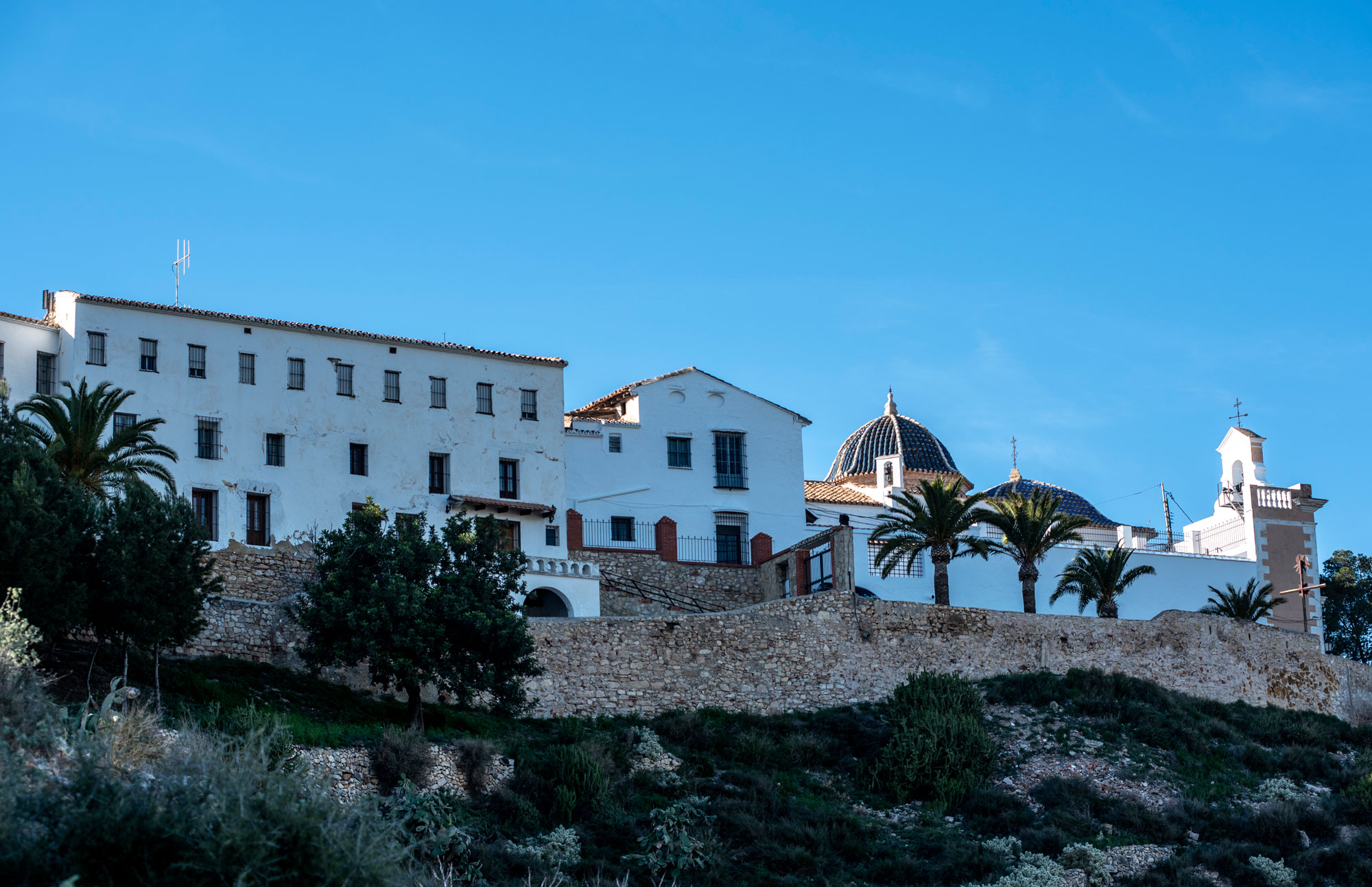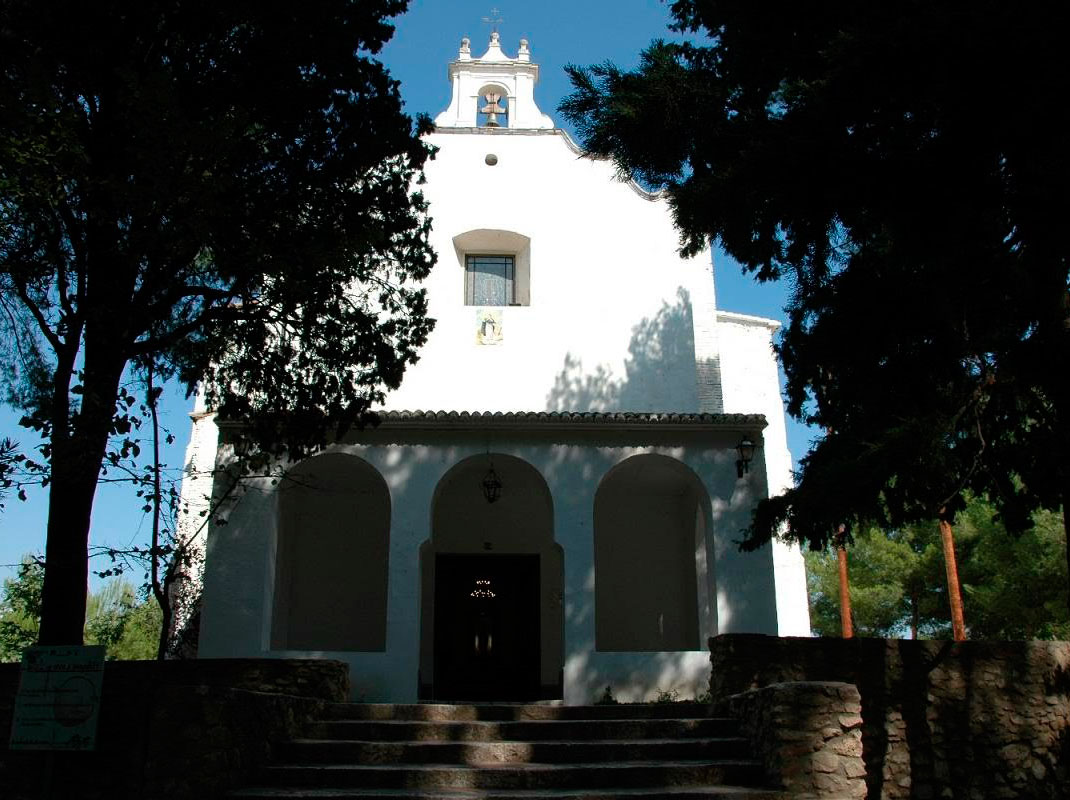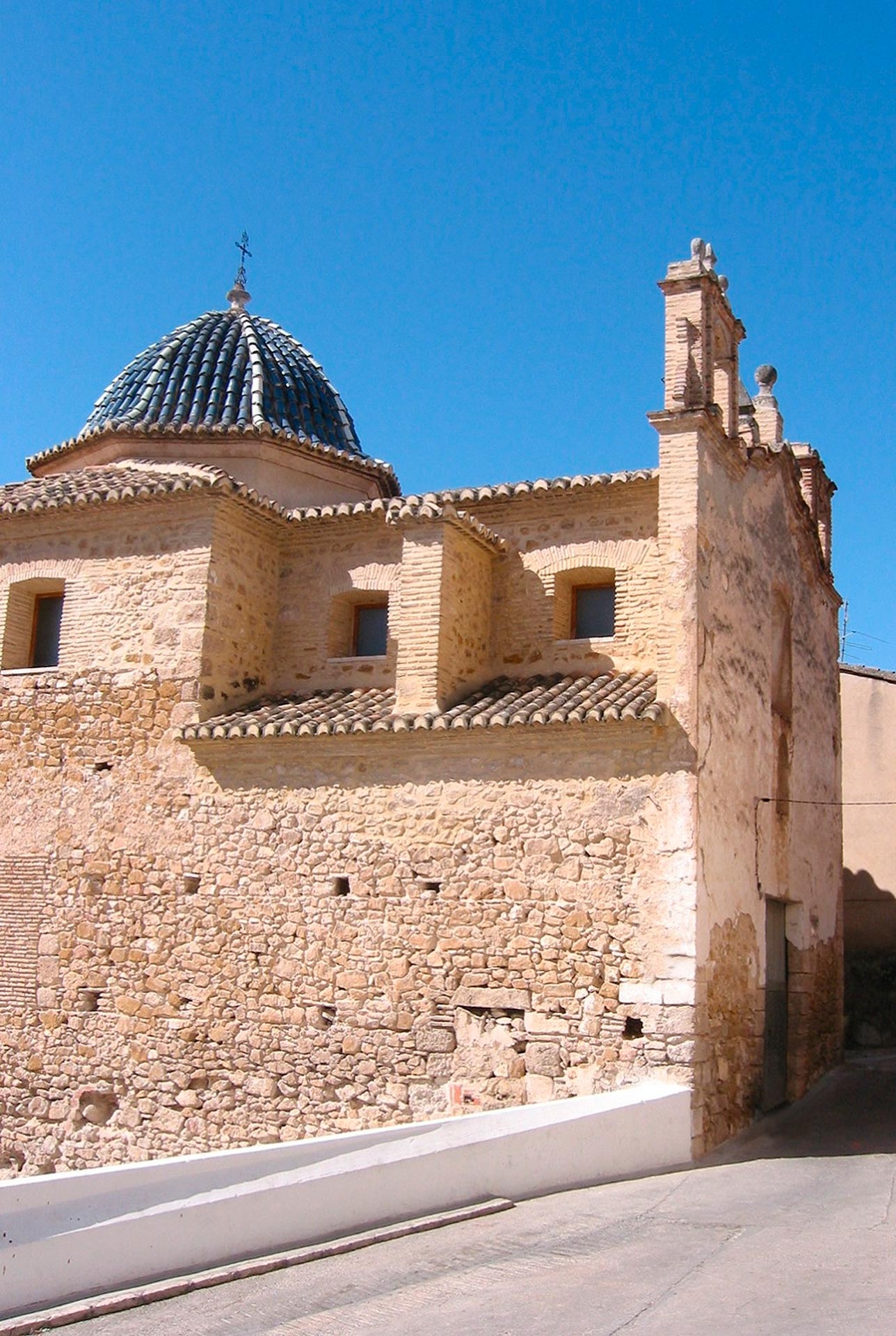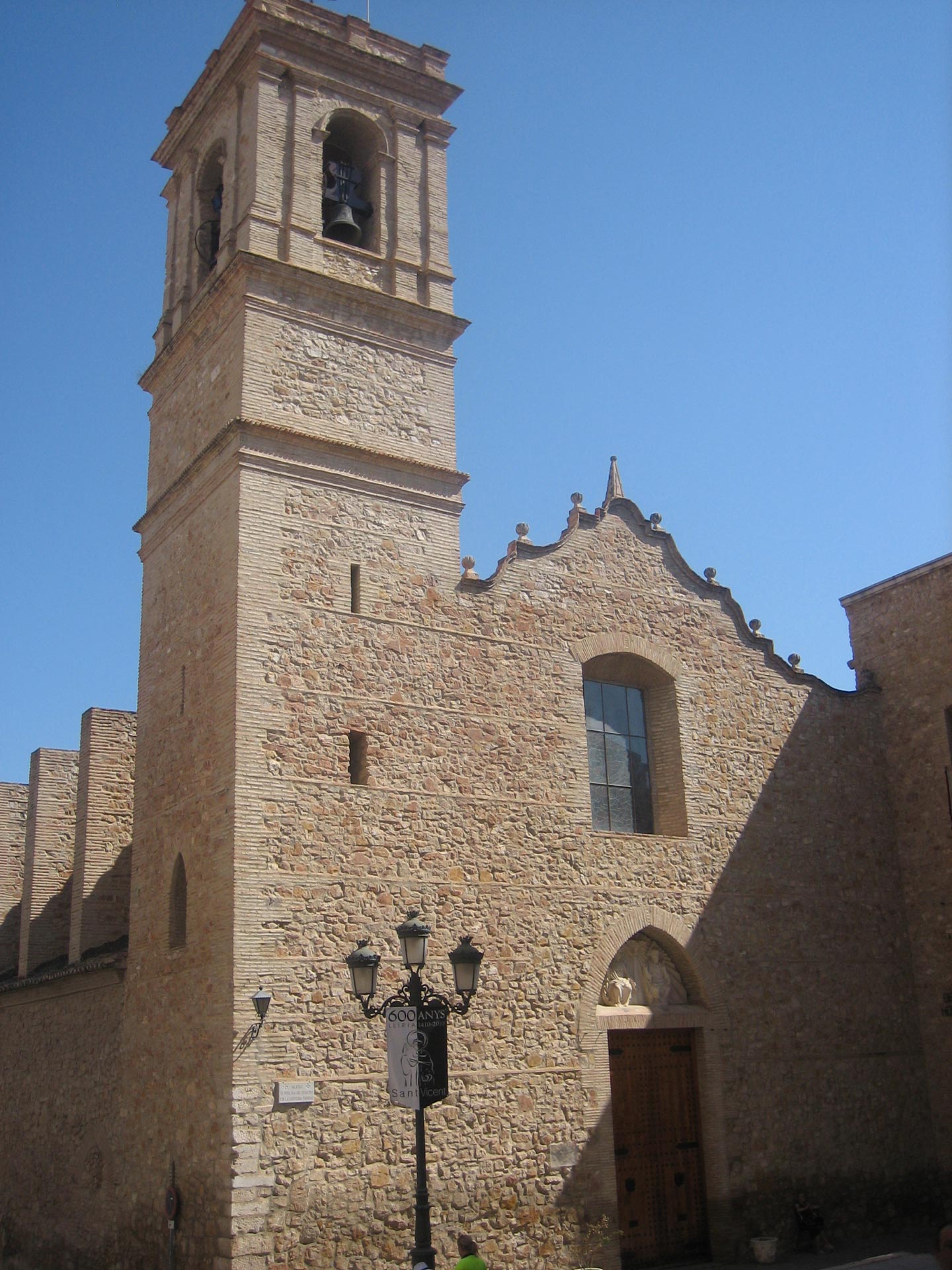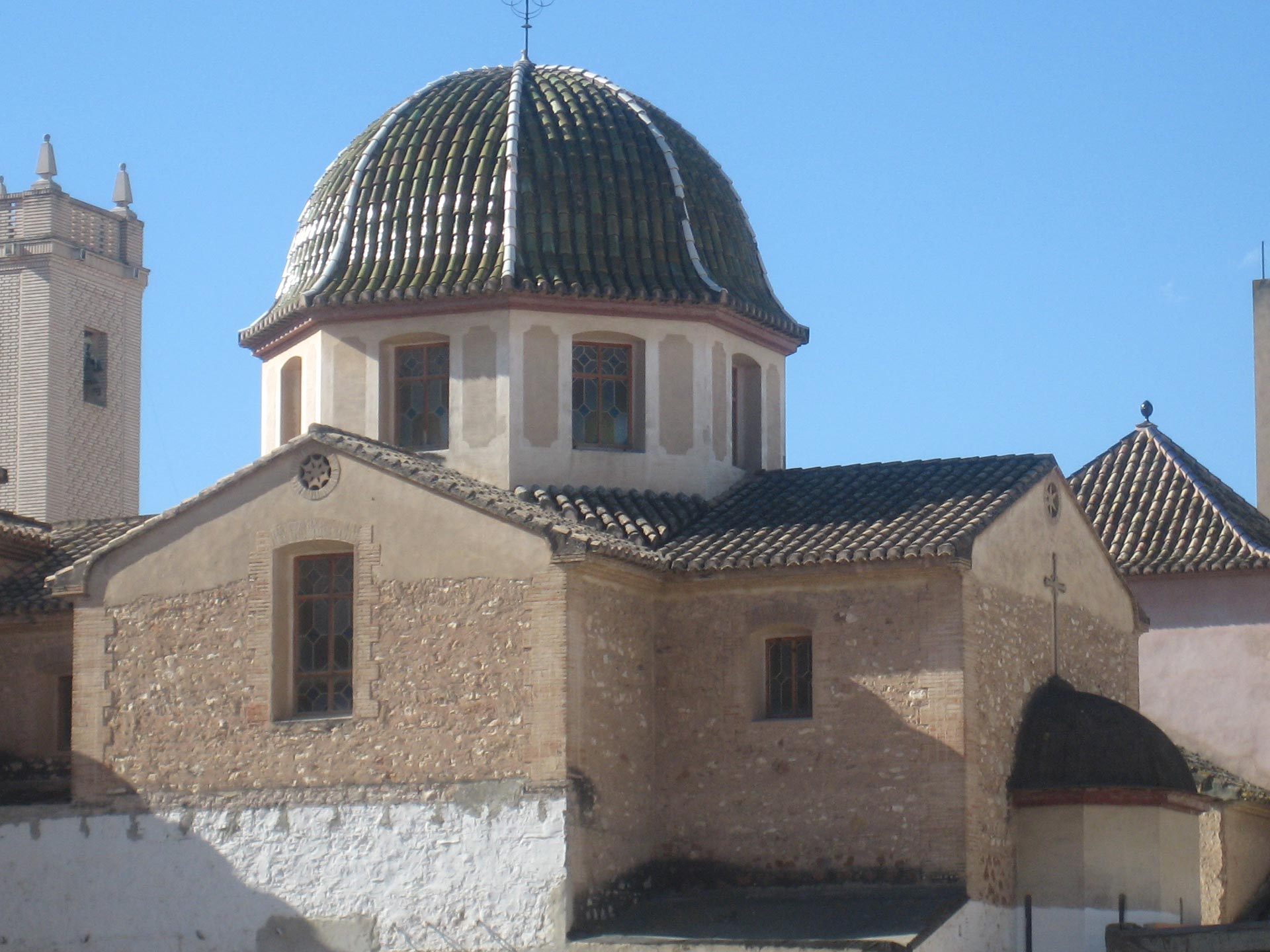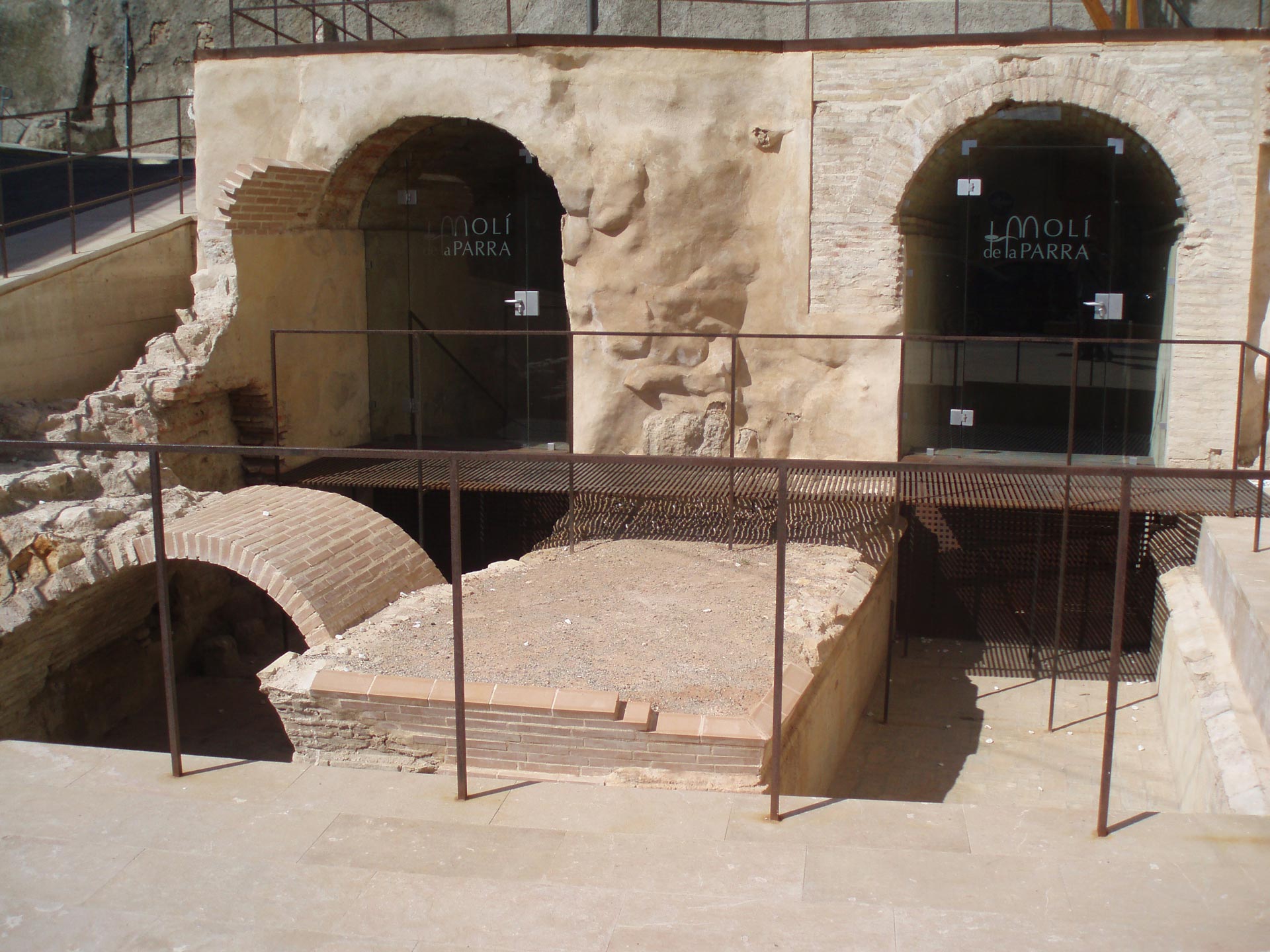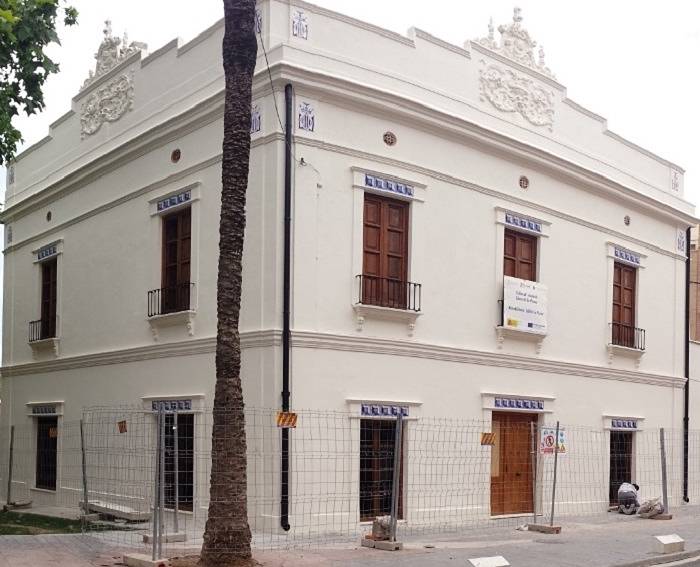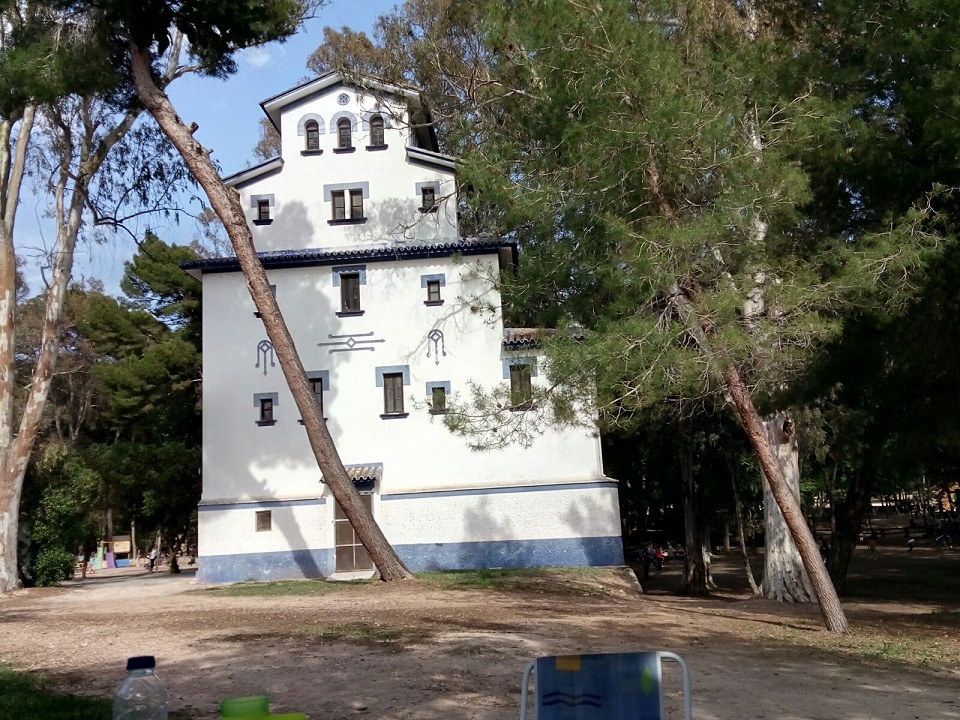ARAB BATHS
Andalusi medina. C12-13. BRL (Property of Local Relevance).
The Hammam de Madinat Lyria was built in the twelfth century outside of the walled area of the medina of Lyria to make use of the water that flows from the source, currently known as Saint Vincent’s Spring, and through this beautiful place. It fulfilled different basic functions for the local Muslim community at that time.
Hygiene: the neighbours came to bathe and wash themselves using soaps, henna, perfumes, toothpastes and hair removers. Social: it was the common meeting place for the neighbours and there were different set times for women and men. Religious: the Muslim society purified themselves here before going to the Mosque, therefore, it was a compulsory visit on Fridays, a sacred day in the Islamic world.
The building has a surface area of 400 m2 which is divided into two different areas. On the one side, the Al-Maslah or the outdoor garden lounge. And on the other side, the three interior halls with baths: Bayt al-Barit or cold hall, Bayt al Wastani or warm hall and Bayt al Sayun or hot hall.
The Hammam was fully operational until the Christian Conquest in the thirteenth century. As of then, people gradually stopped using it as a public bathing area until in the fifteenth century the space is reused as a medieval industrial area, specifically, a dried-brick factory known as “adonería de Barulles”.


